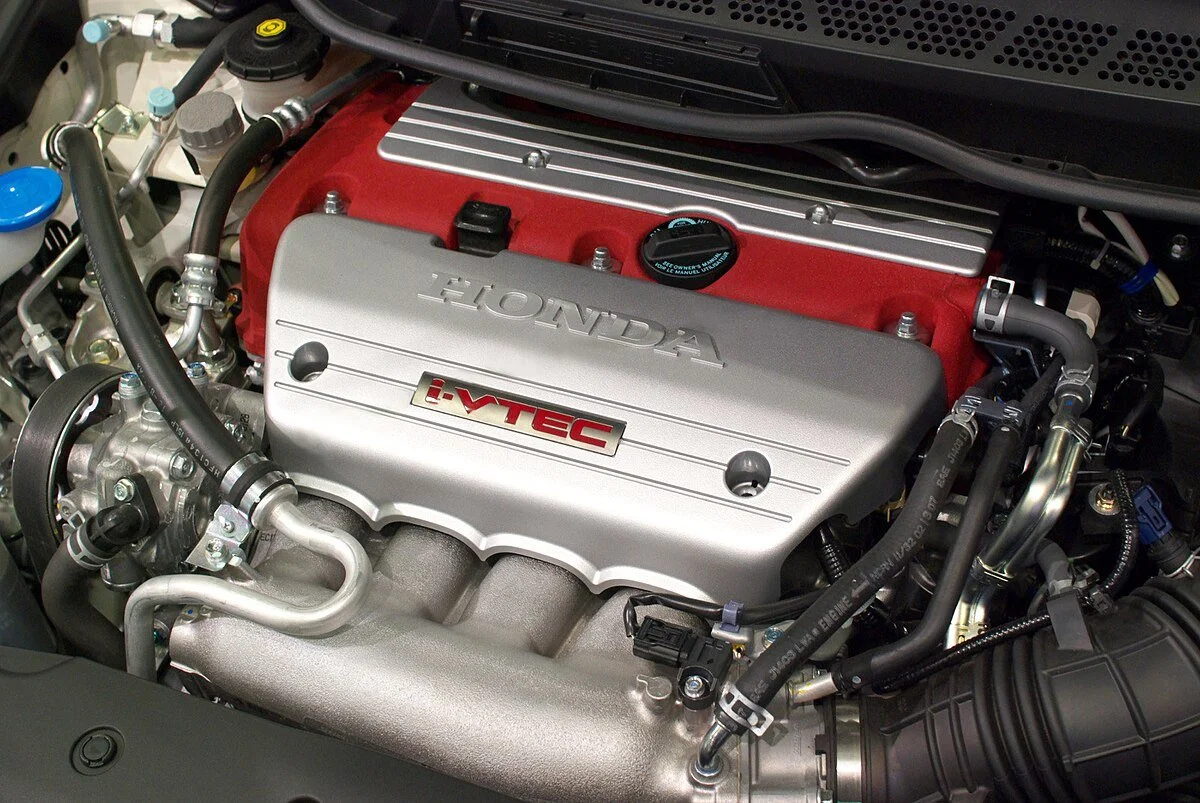Engine-pedia: Deep-diving the best 4-cylinder to swap - Honda’s K-series
While the internet moaned about the prevalence of LS V8 and Ford Barra 6-cylinder swaps, the Honda K-series was building momentum to take over from both of those platforms as the most popular engine to swap. Capable of producing and holding astounding power levels, widely available, cheap to buy and with truly staggering amounts of aftermarket support, the Honda K-series isn’t just one of the most impressive four-cylinder engines around today; it’s one of the most impressive engines flat-out.
In 2001 Honda revealed the K-series engine as their new in-line four-cylinder platform to take over from their storied B-series and high-performance F-series. These naturally-aspirated DOHC engines had changed the tuner world, especially the B-series over its 13-year production run, and Honda took all the lessons learned on those storied powerplants and brought them into the new Millennium.
The base format of the K-series is an all-aluminium cylinder block and head, however there are two different deck-heights. As with the B-series the only difference between the K20 block, and K23 and K24 blocks, is the two-litre K20 has a 212mm (8.3in) deck-height, while the larger K23 and K24 blocks feature a deck-height of 231.5mm (9.1in). Impressively, despite all the technology and power-producing capability of the K-series an NA K20 weighs approximagely 183kg with the transmission, or just 125kg without it.
The 1998cc K20 bore and stroke is 86mm (3.39in) by 87mm (3.43in), while the 2300cc K23 pushed that to 86mm (3.39in) by 99mm (3.89in), before the 2354cc K24 upped it to 87mm (3.42in) by 99mm (3.89in). Compression ratios range from boost-friendly 8.8:1 up to 11.7:1, while Honda began switching the K-series over from port-injection EFI to direct-injection in 2015 with the turbocharged K20C1 used in the Civic Type-R.
Thanks to their use in so many different Honda vehicle platforms there are a dizzying number of K-series variants: there are 23 K20 variants and 23 K24 variants alone over the 24 years Honda has offered this engine. While most pedestrian-spec K-series engines produce around 115-130kW the hottest NA K20 made 165kW and featured a host of internal upgrades, while the turbocharged K20C1 found in American Civic Type R models tops the pops for factory offerings with 239kW.
Honda also offered the K20C1 engine block with an offset crankshaft alignment, known as a Desaxe engine, as this is claimed to offer improved leverage on the power stroke and reduces thrust waste on cylinder sidewalls.
One of the most impressive parts of the engineering in the K-series is found in the cylinder head, which can flow an eye-watering amount of air and sustain huge RPM. Honda also evolved their legendary VTEC system for the K-series to brand it i-VTEC, and K-series engines have two versions though both use Variable Timing Control (VTC) on the intake cam.
The K20A3’s i-VTEC system only operates on the intake cam. It opens only one intake valve completely at low-RPM, with the other opening partially to create a swirl effect in the combustion chamber for improved fuel atomization. At high-RPM both intake valves open fully for peak engine breathing. The K20A2 (found in the Acura RSX Type S) operates both intake and exhaust valves, with multiple cam profiles like traditional VTEC.
As with other super-popular swap engines (*cough* LS V8 *cough*) part of the appeal of the K-series is can be found in an enormous range of Honda cars, from high-performance Type R Civic and Integra models, to CR-V SUVs, Odyssey luxury people-movers, Accord sedans, as well as regular Civics and Integras. The K-series being so widely available means they’re affordable and easy to buy in good condition, while repair and service parts are also common and cheap; this is the economy of scale.
When the K20A first broke cover in the vaunted DC5 Integra Type R it featured specifications that blew people away. This was a mass-produced front-wheel-drive mid-size car with incredibly well-made, high-level engineering in its naturally aspirated four-cylinder engine, including all-an aluminium block and cylinder head, hollow chain-driven camshafts, cast-iron cylinder sleeves, a forged crank, coil-on-plug ignition, over 100hp-per-litre, plus VTEC.
When the “big-block” K24 appeared soon after in the Accord Euro, Acura TSX, and CR-V the Honda world got properly excited as it featured the same level of engineering and quality construction but in a more common package. While the K24 misses out on some of the high-performance cylinder parts the K20 enjoys, tuners have cracked 1000hp with turbocharged combos.
The biggest drawback of the K-series is the chain-driven oil pum as this makes swaps into rear-drive cars more complex and expensive than front-drive swaps. However, the aftermarket for K-series swaps rivals the LS for breadth and depth, and if there’s a K-series you want to build, be it for drag racing, circuit racing, autocross, or powering an average street car, there are a world of parts to handle this.





